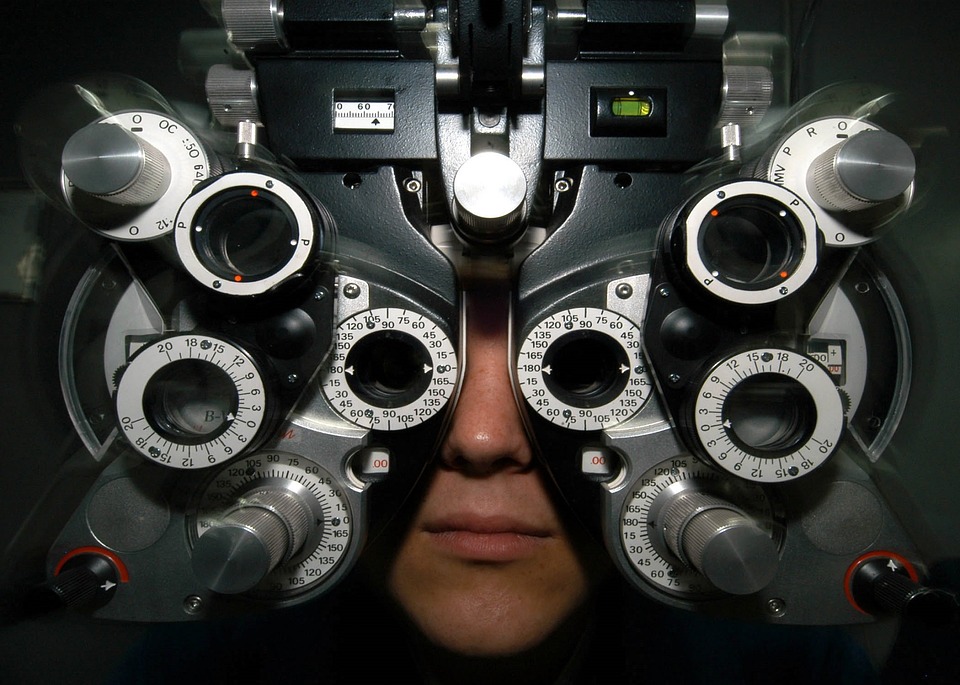Global professional services company, Accenture, announces an AI-powered solution for the visually-impaired.
The mobile software, named Drishti, identifies objects and narrates them to the user. It is also capable of reading text, much like Google’s SeeingAI.
https://www.youtube.com/watch?v=Wnnm0ao3pGQ
Accenture plans to introduce Drishti to more than 100 visually impaired employees in India.
More impressive, Drishti can identify money bills, count how many people there are in the room and recognise ages and emotions.

Paul Daugherty, Chief Technology & Innovation Officer at Accenture
“This Tech4Good solution is a great illustration of how AI technology can empower humans by augmenting their capabilities so they can achieve more for themselves and the world around them”, said Paul Daugherty, Chief Technology and Innovation Officer, Accenture in a press release.
Drishti, which translates to ‘vision’ from Sanskrit, was initially developed and tested on ten subjects in India. It is now being run in Accenture’s office in South Africa. Simultaneously, the Argentinian headquarters are working on installing the Spanish language into the app.
“This project makes us excited for a not-too-distant future where the widespread use of technologies such as this will have a significant and positive impact on the blind community,” reported Pallavi Kadam, Executive Director at the National Association for the Blind in India.
The solution comes just as the Indian government has decided to change the old the definition of blindness, that was vision of 6/60 or less and a visual field loss of 20 degrees or less in the better eye, which included 12 million people, while the whole world has 39 million billion people.
The new definition is to comply with the WHO criteria, according to the Hindustan Times. Visual sharpness of less than 3/60, or a corresponding visual field loss to less than 10 degrees in the better eye – even with the best possible spectacle correction – is to become the new definition for “blind.” The change decreases the official number of blind people by 4 million in India.
“We will bring the definition of blindness at par with the WHO’s criteria. Because of the current definition, we project a higher figure of blind people from India at any international forum. Thus India gets presented in a poor light compared to other countries,” reported National Program for the Control of Blindness NPCB deputy director general Promila Gupta.












